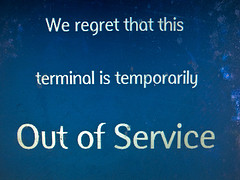The Hub Commentary
SaaS is a delivery model and all services delivered by IT need to be categorized for their cost and value to the organization and the then the delivery model mapped to the service. Highly custom, competitive advantage, differentiating services are not well suited for outsourced or SaaS delivery models.
Those services that are not unique to your organization and less integrated are very well suited for SaaS and outsourcing. While you are likely offering a premium service to your organization, it is not necessary and outsourcing is just the ticket to standards and right sizing the service.
Many IT organizations hang on to the commodity because they have resources that can do it. Just because they can do it, doesn’t mean they should do it. Use your expensive in-house resources for the mission critical, unique, revenue driving services and shift the routine, commodity out of house.
ITSM and monitoring has often been something that could be offered as a service removing the infrastructure and the requirement for you to maintain resources that have knowledge of monitoring tools rather than you mission critical services. We are fast approaching the day where much of the management is commodity and should be outsourced.
Are you right sourcing your IT management?
Michele
__________________________
Software-as-a-Service (SaaS) is more than just a cloud-based delivery model. It is a service approach that IT organizations are considering for meeting their IT service management needs. With a SaaS model, IT organizations can focus their staff and infrastructure on high-priority activities and initiatives while still enjoying access to IT service management productivity solutions. Read more



